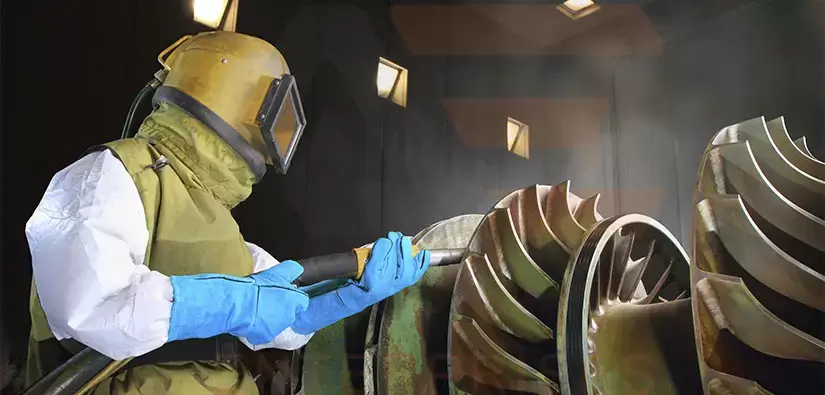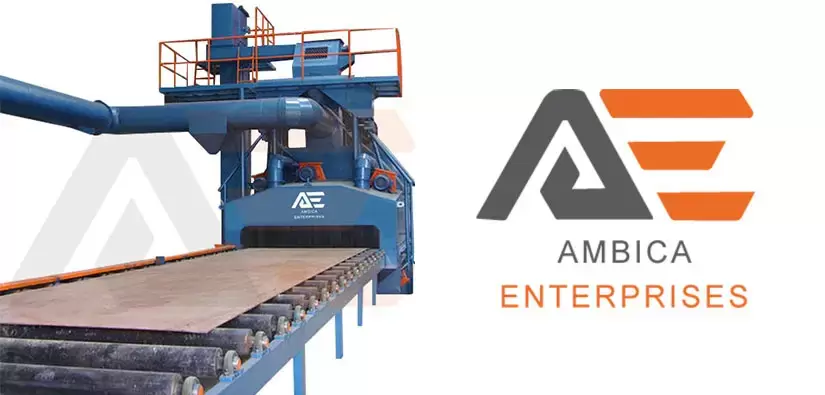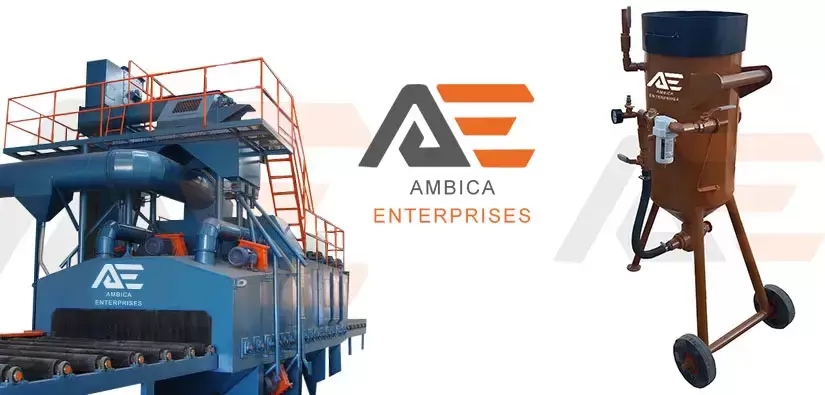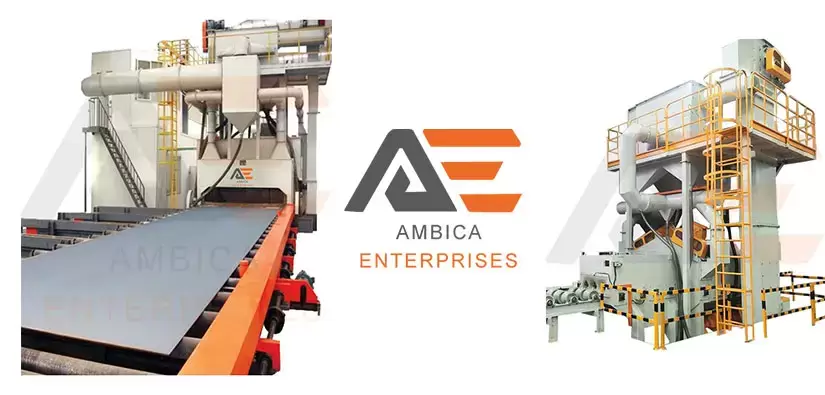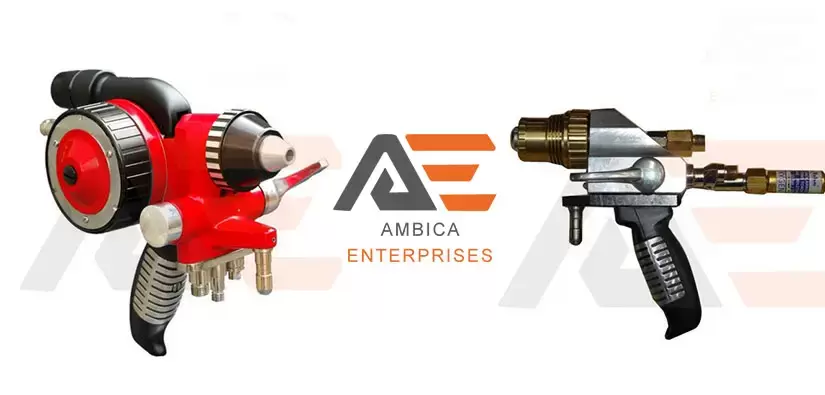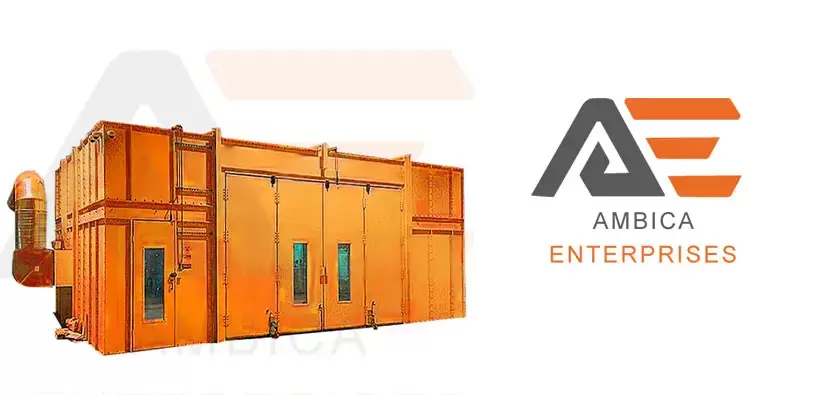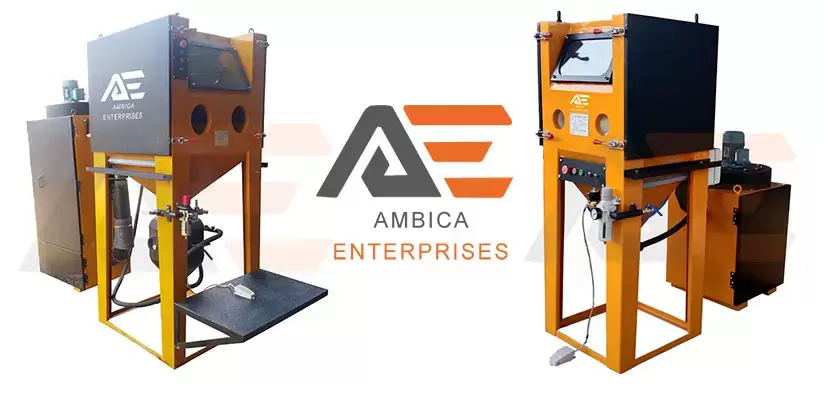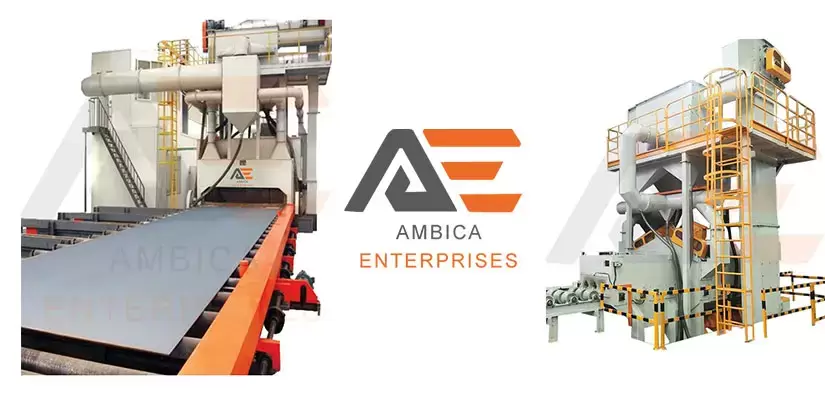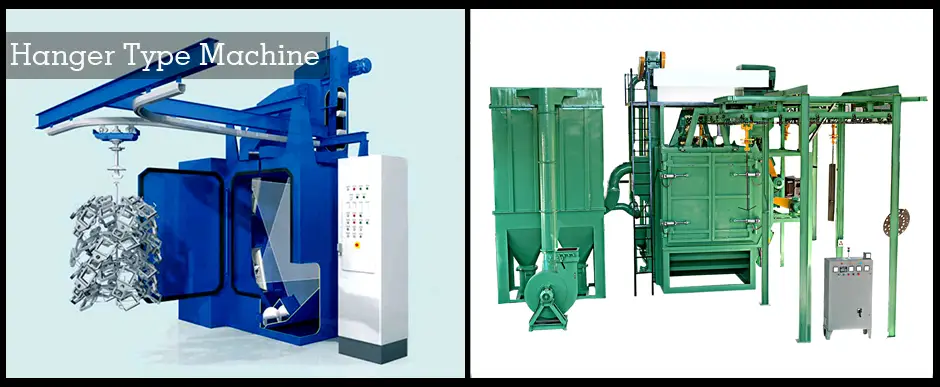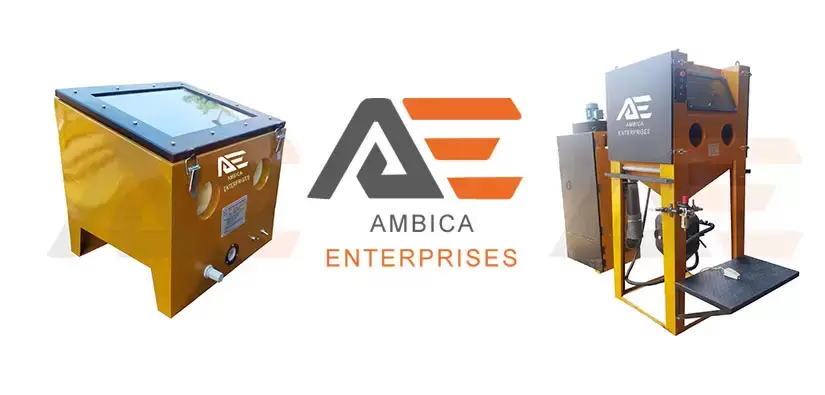
A centrifugal blast wheel shoots media, such as steel shot, onto a surface at high velocity during the shot blasting system. This removes debris and other material from the surface. The shot media, which can range from steel shots to cut wire to nut shells, is loaded into a hopper and fed into the blast wheel.
Shot blasting is a process for removing debris and irregularities from concrete, metal, and other industrial surfaces. Shot blasting, while similar to sand blasting, differs in execution and effectiveness.
Shot blasting systems have 6 basic subsystems these are the following:
1. Abrasive delivery method:
- By Compressed Air.
2. Abrasive recovery and cleaning.
3. Dust collection.
4. Blast Cabinet.
5. Part movement and support system.
6. Controls and instrumentation.
Abrasive delivery method:
There are two ways of quickening the steel shot:
1. By compressed air:
This shot blasting system is proper for lower product applications where maximum flexibility is required. These shot blasting systems are very flexible in that the shot can be transferred horizontally through a rubber pipe and nozzle arrangement. This enables utilities in finishing operations of steel frames and weldments thereby replacing hand tools. Because of this, an air blasting machine for a product range is expensive compared to the centrifugal wheel blasting machine.
For example to deliver a shot at a rate of 1100 kg per minute a 1650 Hp compressor and 33 workers are needed using 10 mm diameter sand blasting nozzle delivering 6.5 kg/cm2. On the other hand, the same assignment (task) utilizing centrifugal wheel turbines only requires a total of 100 Hp distributed to between one or a multitude of turbines housed in the same machine. Only one or two operators are needed for operating such a shot blasting machine.
2. Shot Blast Abrasive Recovery and cleaning system
Shot Blast Abrasive Recovery and cleaning system is an important factor for the shot blasting process. Recirculation and cleaning of the steel shots are needed to maintain a regular cleaning operation. In traditional shot blasting system equipment after the shot hits the section the abrasive falls into the collecting hopper under the machine. The shot is then transferred by gravity or screw conveyor to a bucket escalator. The escalator takes the shot, removing oxides and other contaminants to an air wash separator positioned in the upper part of the machine.
A compound of baffles, strainers, and plates separate these contaminates which are neutralized during the shot blast process. The cleaned abrasive is contained in an upper hopper (feeding-box) and is consequently filled into the shot turbine by gravity. The recirculating and cleaning capacity of the abrasive in each machine is relevant to the shot blasting power utilized for the turbines. An inaccurately sized system will cause premature wear to the machine and decrease overall shot blasting effectiveness and shot consumption.
3. Blast Cabinet
The blasting cabinet holds dust and abrasive. A machine-mounted dust collector reduces air pressure inside the machine thereby preventing dust from escaping into the workshop environment. element access openings in the entrance and exit of the shot blaster must be designed and protected to prevent abrasive media spillage. Cabinets are built from low carbon steel with an inner shell made of abrasive resistant substances (materials) including high-strength alloy plates and thick rubber compounds. In the areas that are subject to direct high-velocity shots, alloy steel plates (64 RC hardness) are used which have many more abrasion resistance than other more generally utilized substances (materials) like manganese steel.
4. Dust collector system
Dust generated during shot blasting is removed from the machinery cabinet and continuously recirculating abrasive by a dust collector. The dust collector not only removes dust within the machine but also keeps the enclosing area clean and dust-free. Differences in airflow will decrease collector efficiency and therefore result in lower dust extraction, loss of the cleaning power, and contribute to dust in the quick production area. A correctly designed and sized dust collector is therefore critical to the ongoing performance of the shot blasting machine System.
5. System for holding and transporting parts for shot blasting
For components in large quantities (brake, pulleys, screwdrivers, etc.) tumblast shot blasting machine are utilized. For larger and heavier pieces, (motor blocks, bicycle frames, bunchwelded components, etc.) spinner hanger machines are utilized. For the shot peening of gears and other special elements, tables and multi-table machines are utilized. pipes, & plates machines are utilized For cleaning.
6. Controls and instrumentation
The shot blasting system implementing the control and instruction for the starting and stopping of all purposes such as elevators, dust collectors, turbines, part handling systems, ammeters, and time meters for the turbine motors are all set in a central console.
